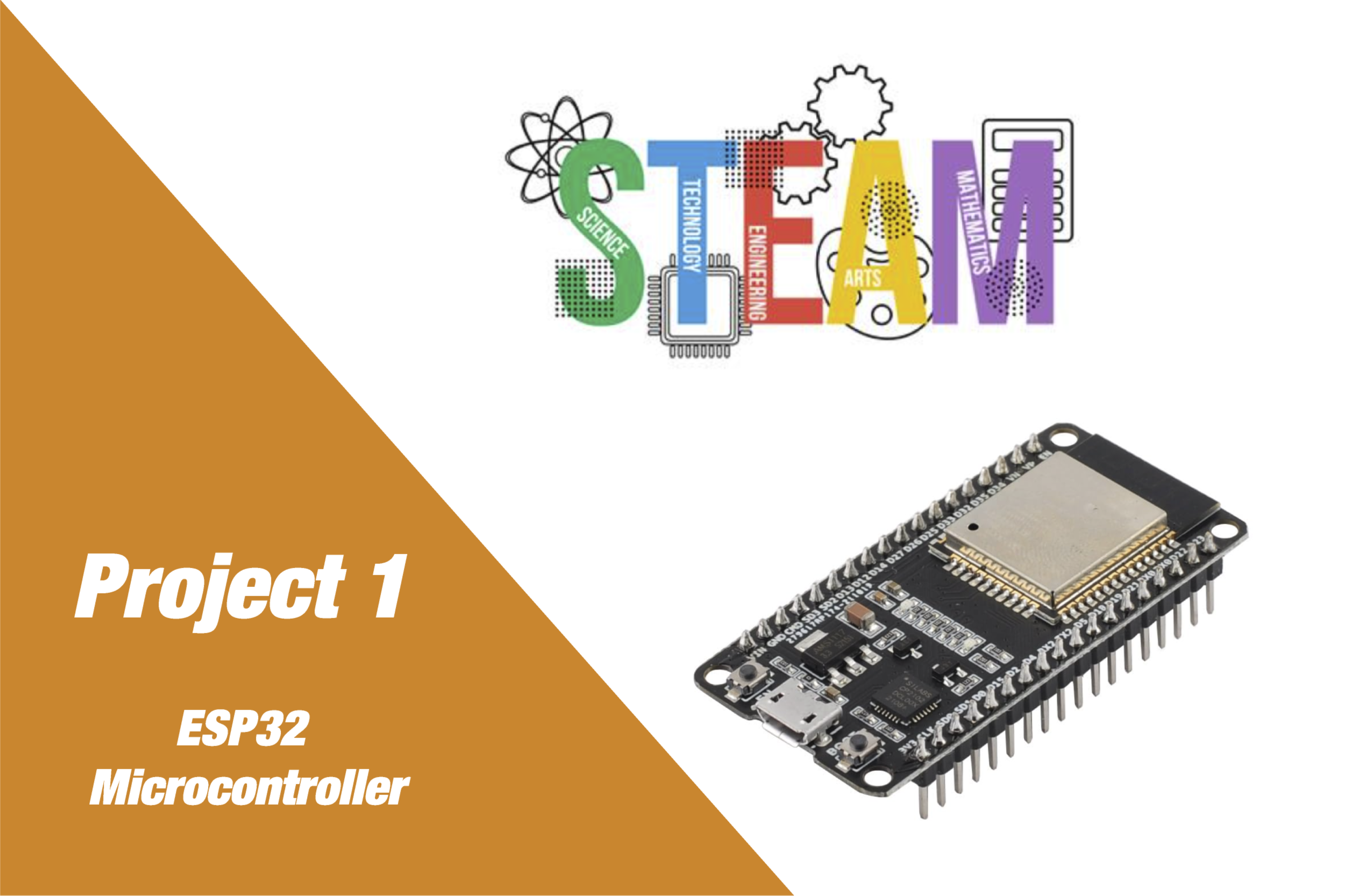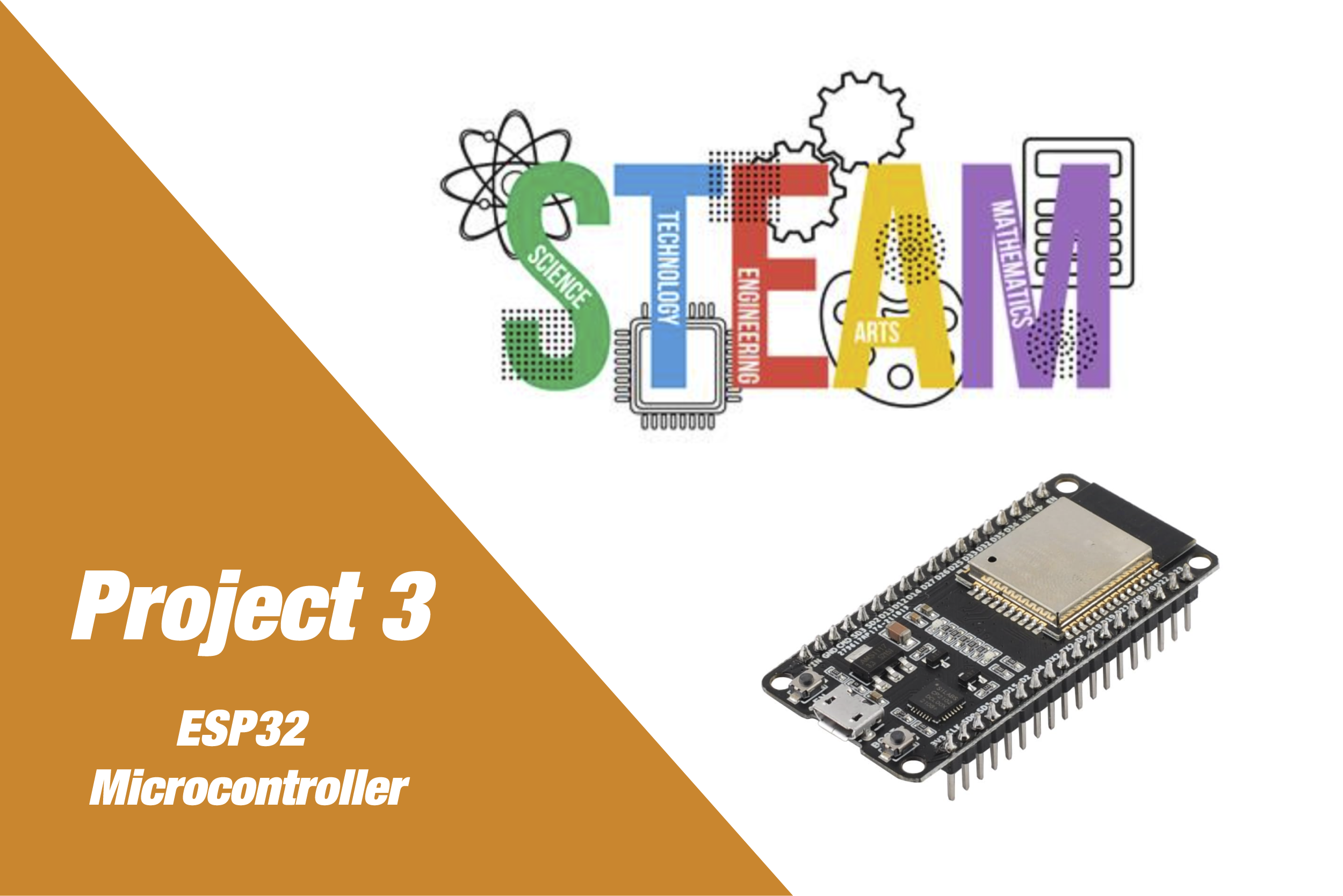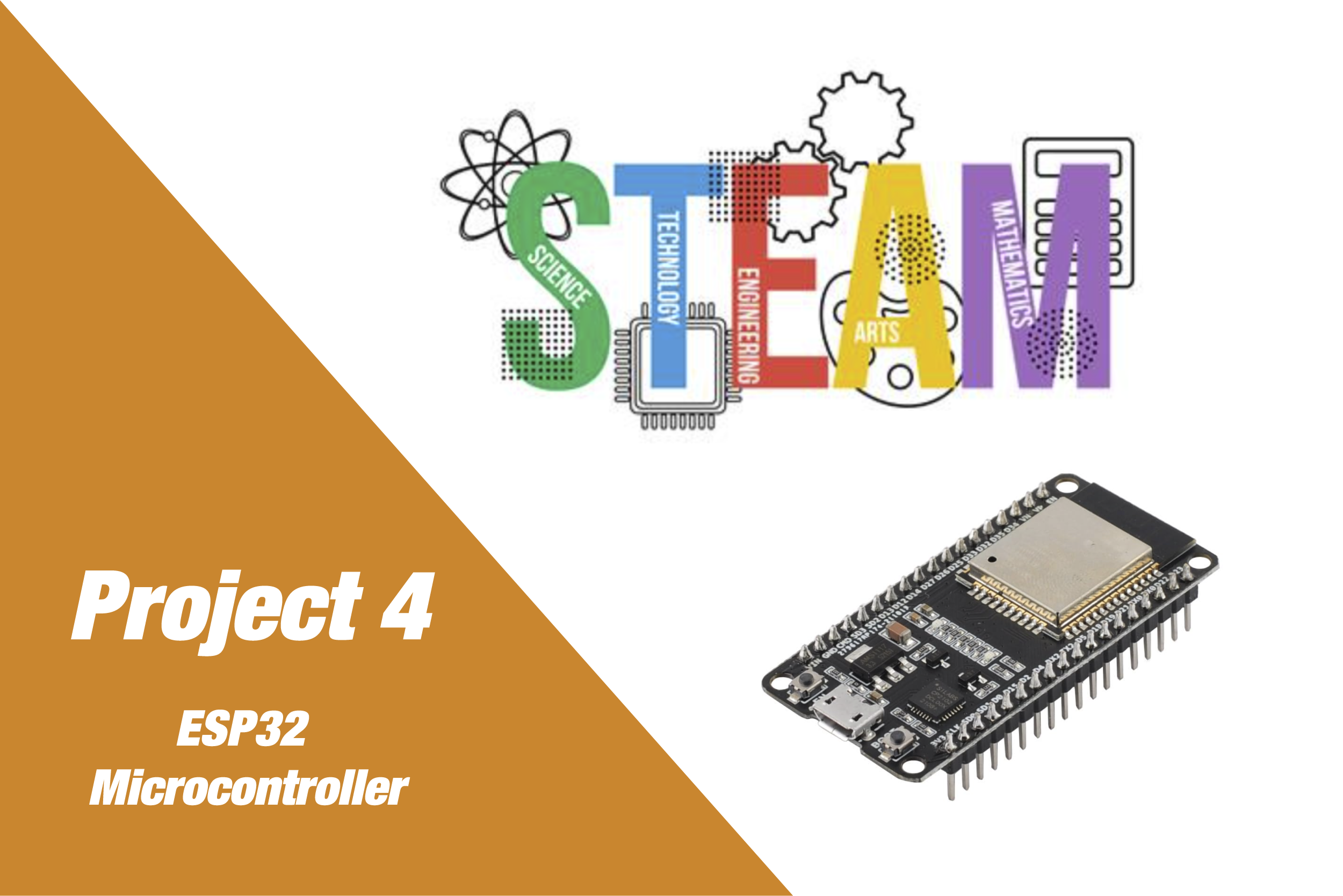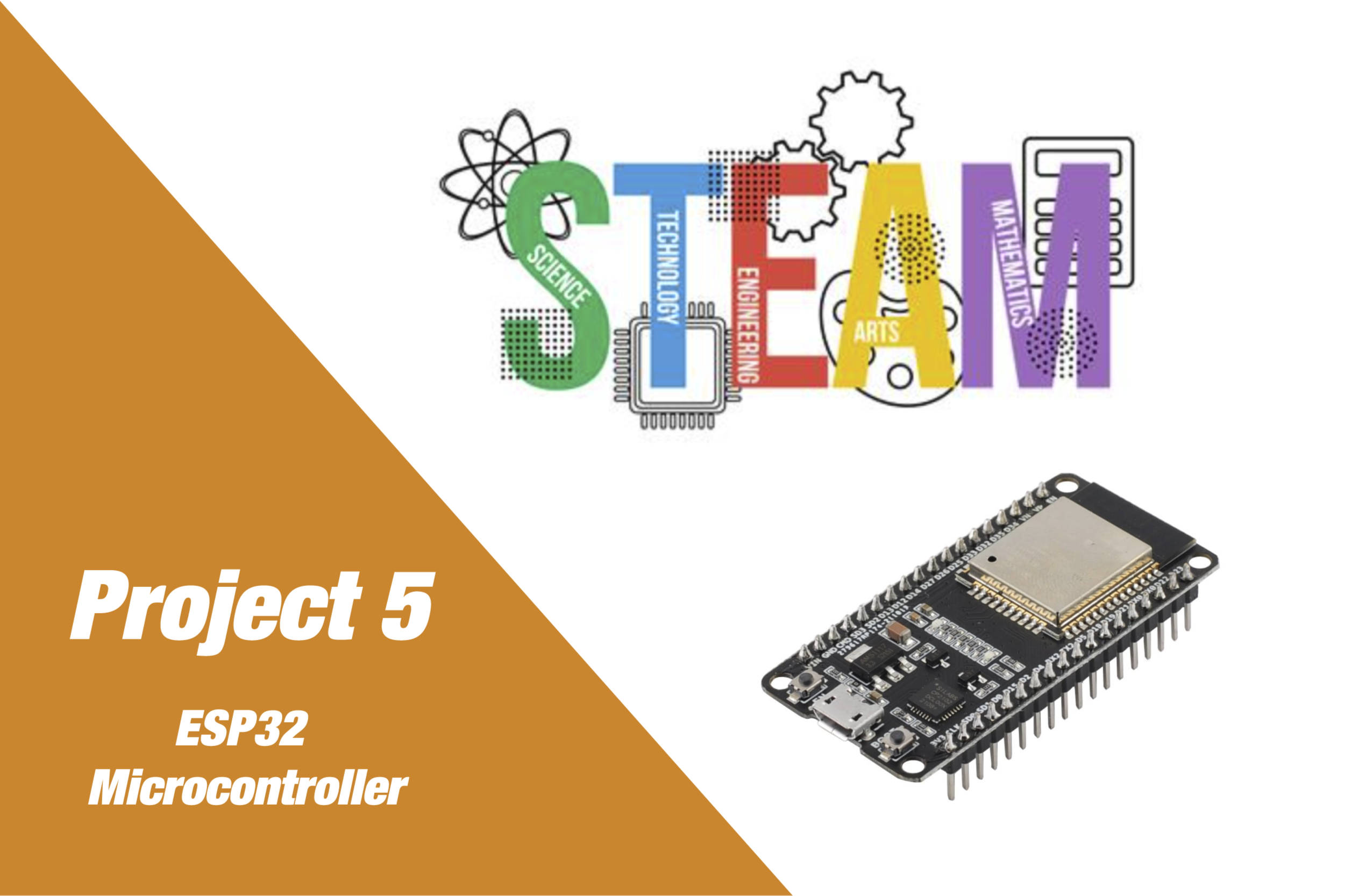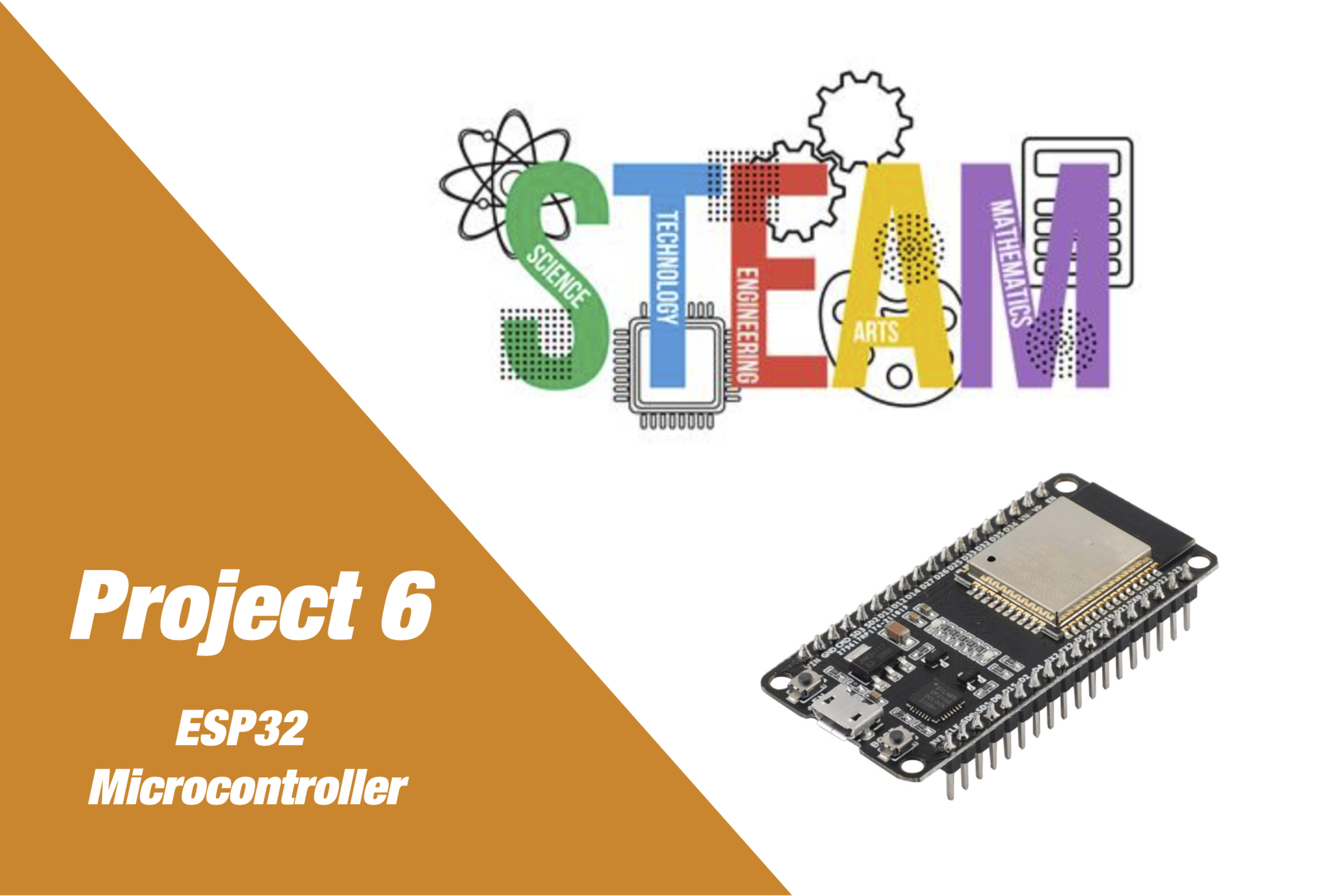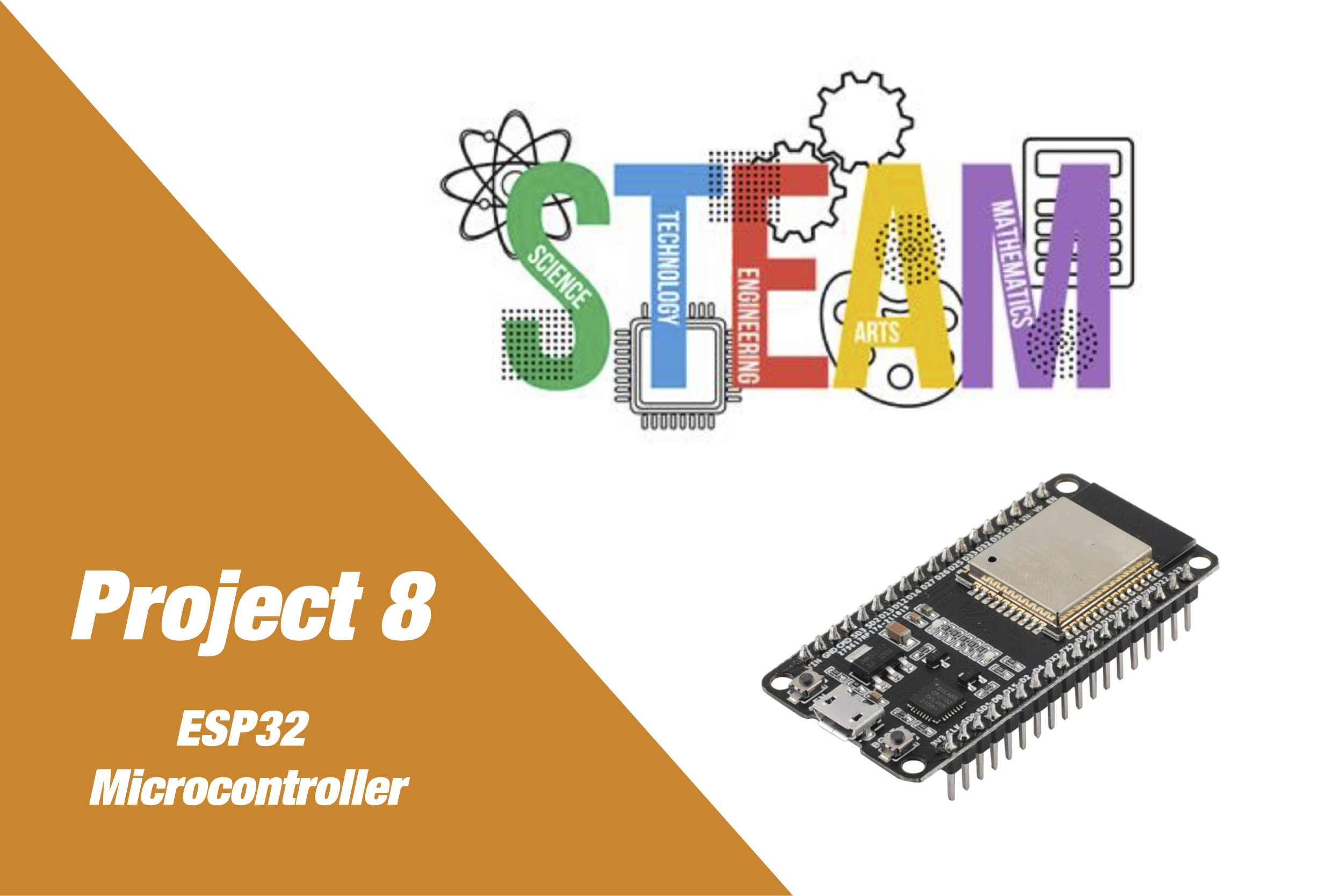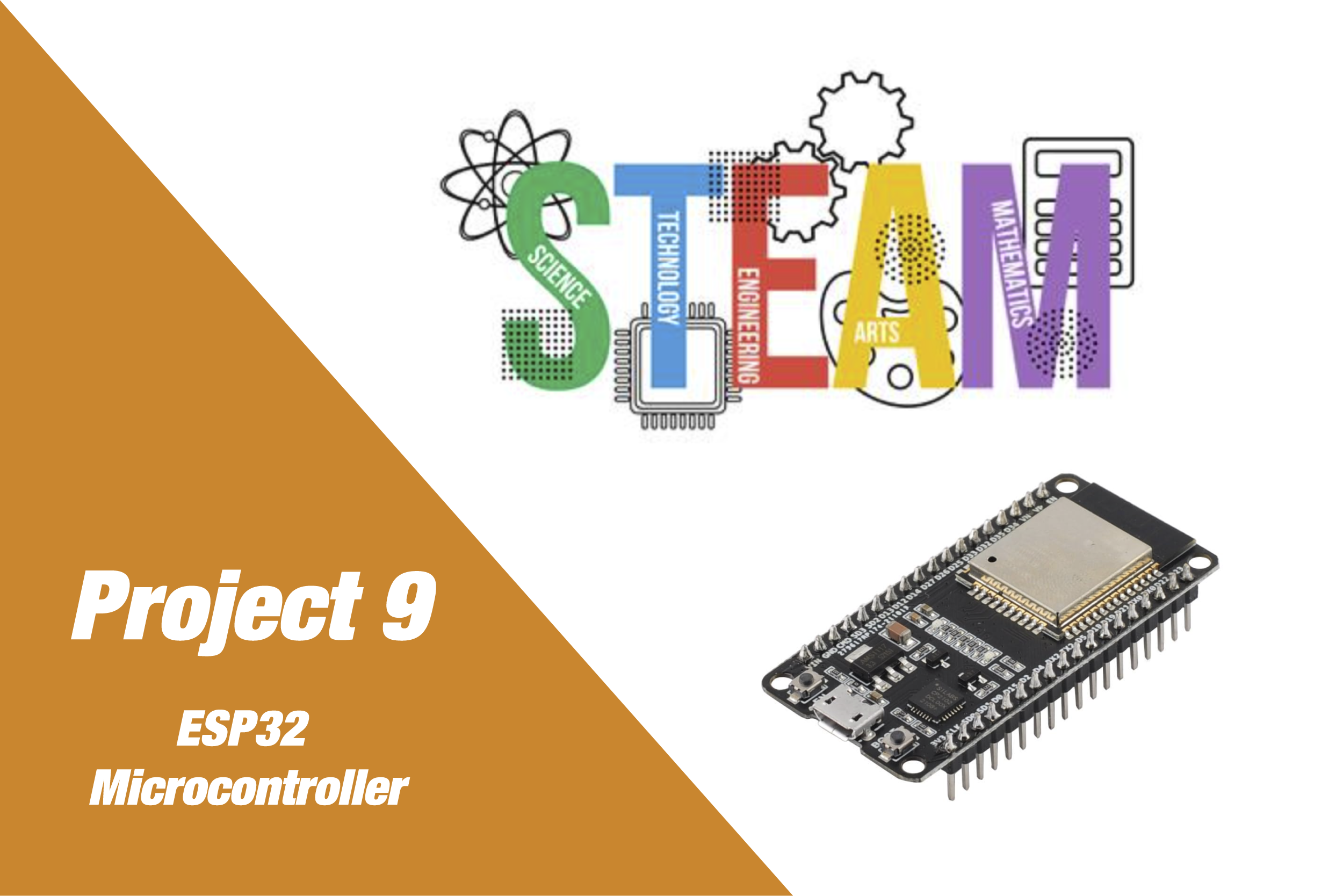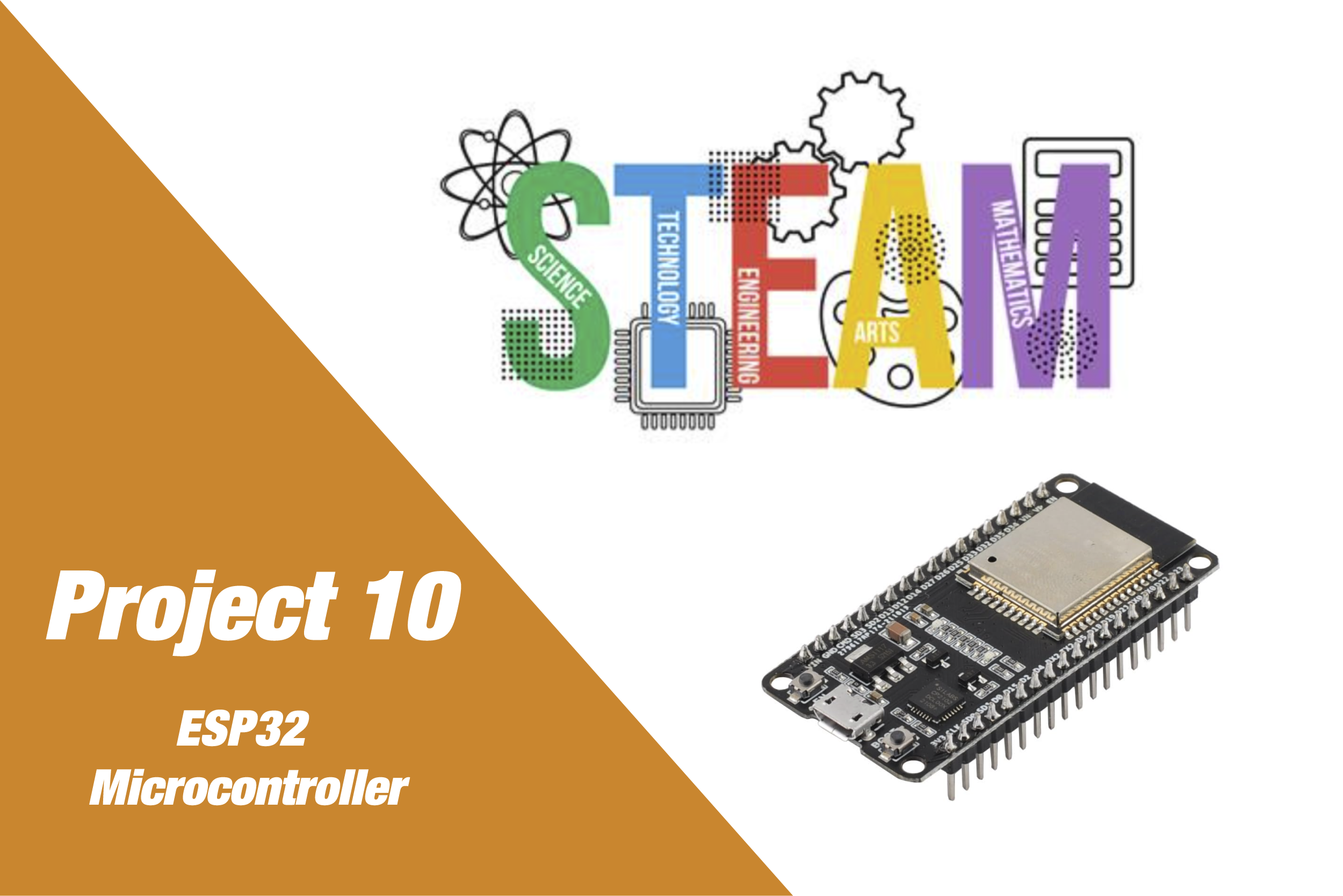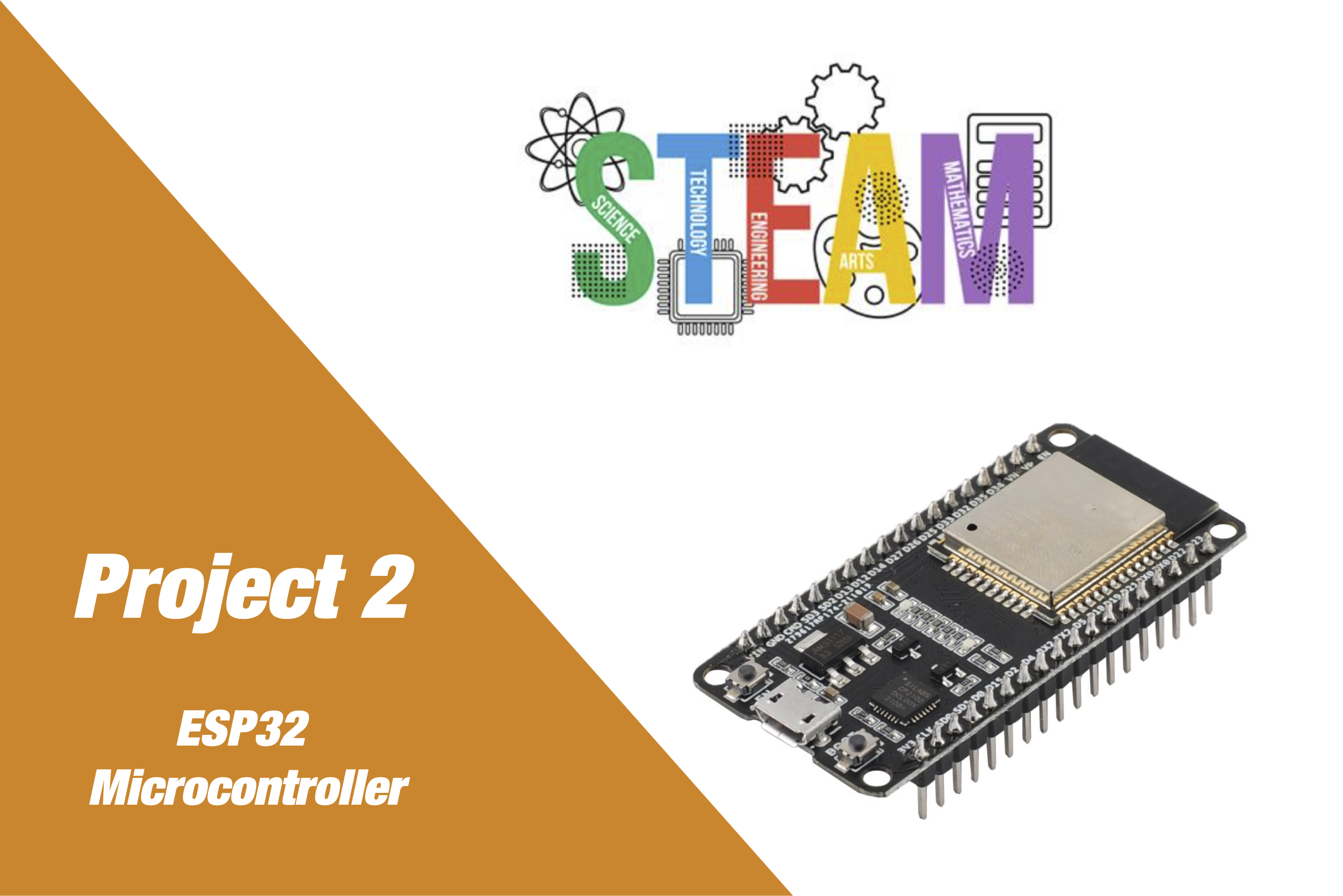STEM Lab
STEM
Lab
STEM Projects to
Ignite Young Innovators
StemLab is an innovative educational robotics program that bridges the critical gap between classroom learning and real-world technology applications. Aligned with the CHIPS and Science Act’s workforce development goals, StemLab provides students with hands-on experience using ESP32 microcontrollers, servo motors, and IoT sensors through a comprehensive curriculum of 10 progressive projects.
The program operates on a collaborative learning model where students work in pairs using kits, making advanced technology education accessible while building essential skills in microcontroller programming, robotics, and Internet of Things development.
The StemLab curriculum, hosted at themicrolab.org, features practical projects that progress from basic LED control and sensor reading to advanced applications like obstacle-avoiding robots, environmental monitoring systems, and wireless device control.
Each project builds upon previous knowledge, starting with fundamental concepts like GPIO pins and analog-to-digital conversion, then advancing to motor control, servo positioning, and digital sensor communication. The capstone projects integrate multiple technologies, teaching students to create sophisticated systems like soil moisture monitors and web-controlled relay systems, preparing them for immediate entry into the growing technology workforce while fostering innovation and problem-solving skills essential for 21st-century careers.
